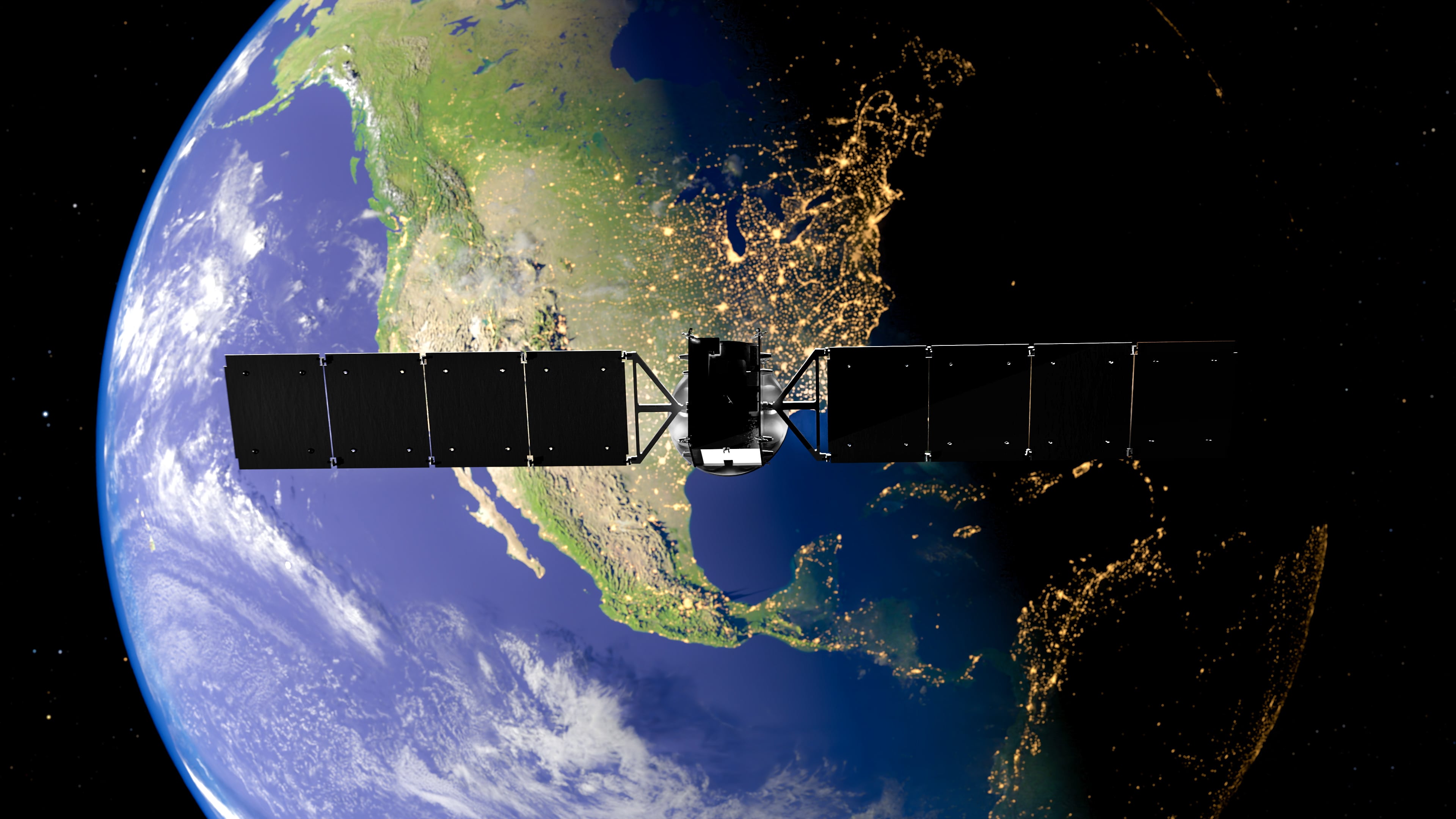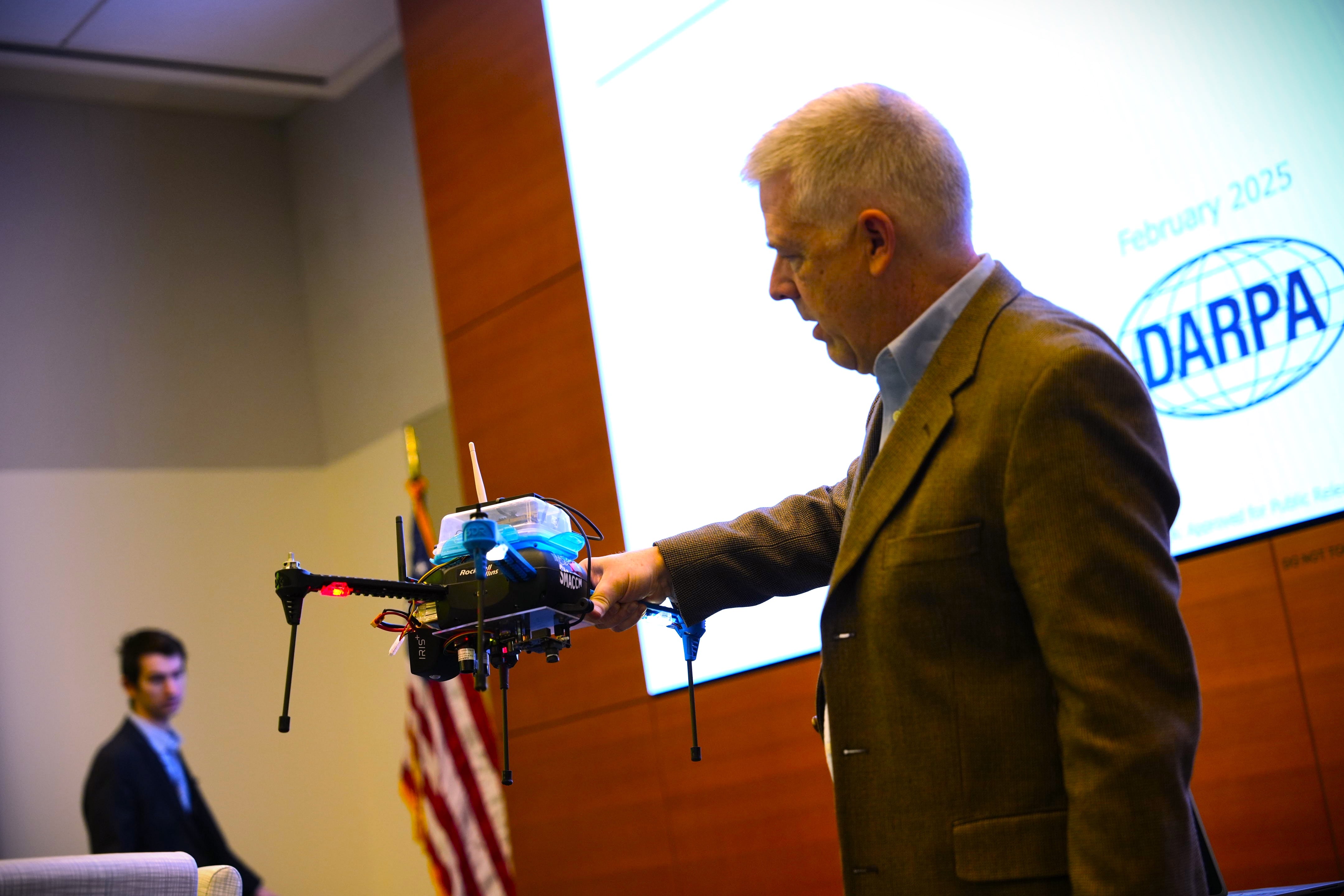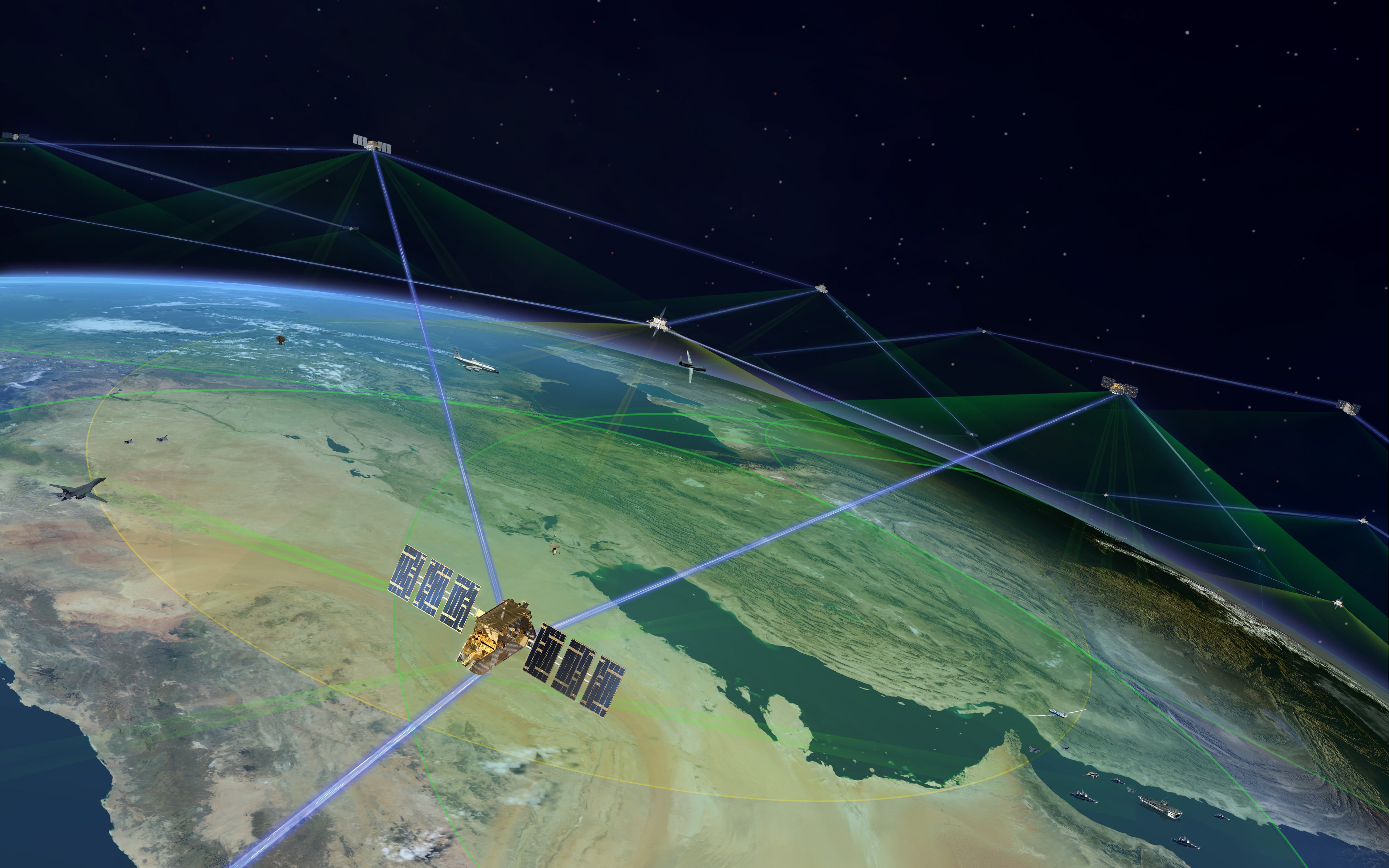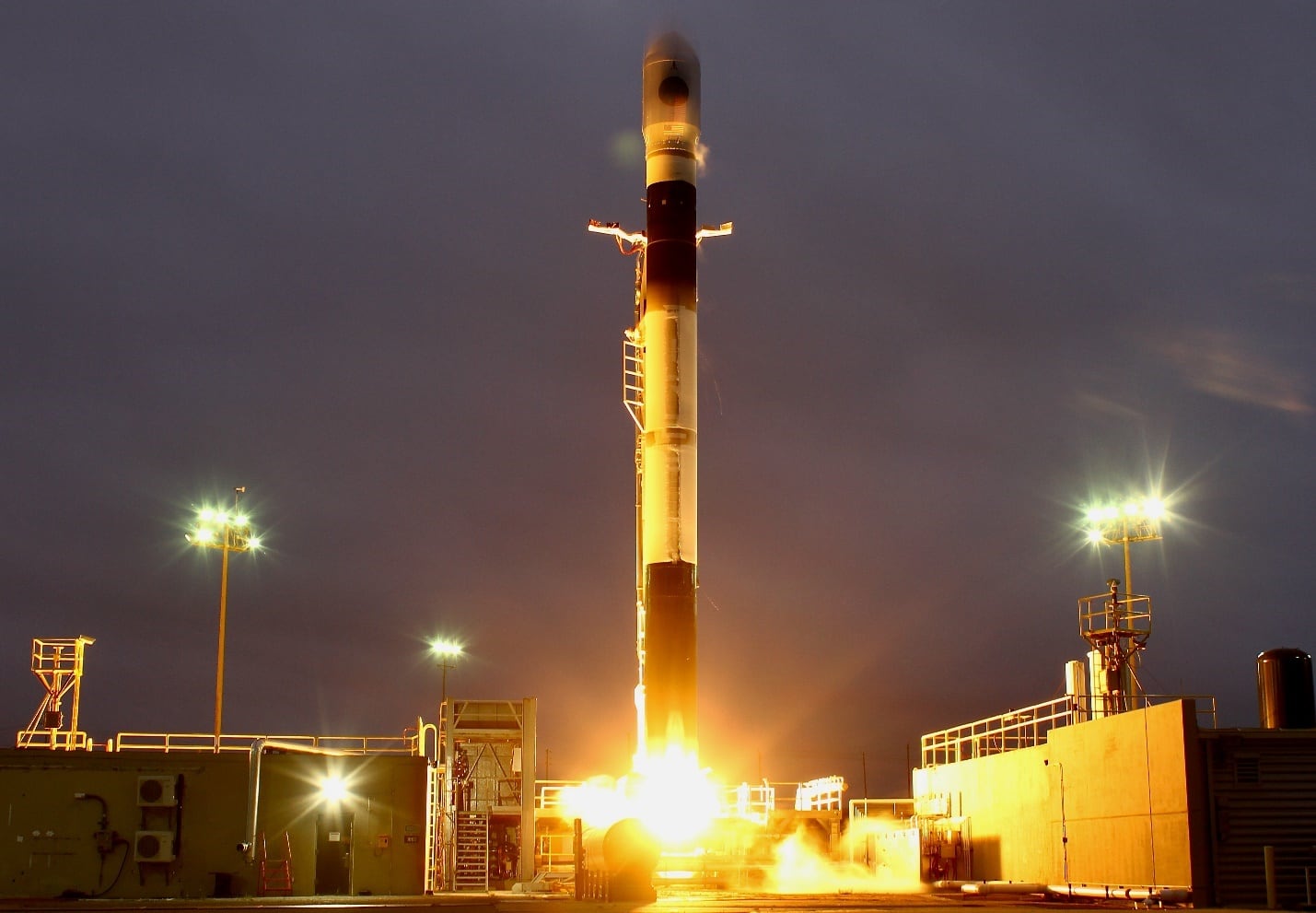Gen. Herbert "Hawk" Carlisle, commander of Air Force Air Combat Command (ACC), late last week declared the QF-16 Full-Scale Aerial Target (FSAT) initially operationally capable. The QF-16 is an unmanned F-16 used, in this program, for providing threat-representative presentation for developmental and operational test and evaluation for weapons systems as mandated by law, Department of Defense documents said of the FSAT program.
According to the main contractor, Boeing: "The QF-16 Full Scale Aerial Target will provide the next generation of combat training and testing for U.S. warfighters. Retired F-16 aircraft are converted into QF-16 aerial targets for the purpose of testing newly developed weapons and tactics. The QF-16 will replace the existing QF-4 fleet, and provide a higher capability, fourth generation aerial target that is more representative of today’s targets and threats."
The decision by ACC certifies 15 QF-16s ready and available for target operations, according to an ACC release. They are assigned to Tyndall Air Force Base in Florida and flown by the 82nd Aerial Target Squadron under the 53rd Wing.
In this sense, initial operational capability (IOC) means that the squadron now has 15 aircraft "plus trained pilots and maintainers to provide unmanned QF-16 aerial targets in the Gulf Range from Tyndall AFB," Lt. Col. Matthew Garrison, 82nd Aerial Target Squadron commander at Tyndall, told C4ISRNET in an email. "This also required that we have the hardware, software and technicians to maintain and operate the target control system. There were several intermediate steps along the way including unmanned QF-16 target missions supporting JSF [joint strike fighter] testing that supported the recent F-35A IOC declaration."
The new QF-16 fleet replaces the QF-4 fleet that served the same purpose. ACC assured that QF-16 is the introduction of fourth-generation fighter capabilities in the aerial target mission maintaining all capabilities of the baseline F-16 including supersonic flight and 9 G maneuverability.
Garrison added that "[w]e are already full steam ahead because we are supporting back-to-back QF-16 target missions tomorrow for [ Advanced Medium-Range Air-to-Air Missile] AMRAAM involving USN F-18s and new software for USAF F-16s."
"This leap forward in airframe capabilities, combined with advanced electronic pods, will allow us to properly test and evaluate our 5th generation aircraft and weapons," he said.
The QF-16 has been thought of to contribute to the Air Force’s loyal wingmen program, which seeks to pair unmanned fourth-generation fighters with fifth-generation manned platforms. Within this construct, Deputy Defense Secretary Robert Work has described it as a battle node network in line with the third offset strategy "where you take an F-16, make it totally unmanned — F-16 is a fourth-generation fighter – and pair it with an F-35 – a fifth-generation, what I would call battle network node — and those two operating together," he said at a Washington Post event.
This concept can help navigate around anti-access/area denial environments, which aim to extend the range of adversarial forces and capabilities, by serving as a missile truck for fifth-generation fighters that are limited in their payload capability and accompanying them at high rates of speed currently unique vis-à-vis other unmanned platforms.
"We have not participated in any technology demonstrations with the Loyal Wingman program but have provided them with answers to specific questions when asked," Garrison said. "Generally these have been centered on our target control system. We also discussed some general lessons learned about maintaining and operating large, unmanned aerial platforms."
Mark Pomerleau is a reporter for C4ISRNET, covering information warfare and cyberspace.








